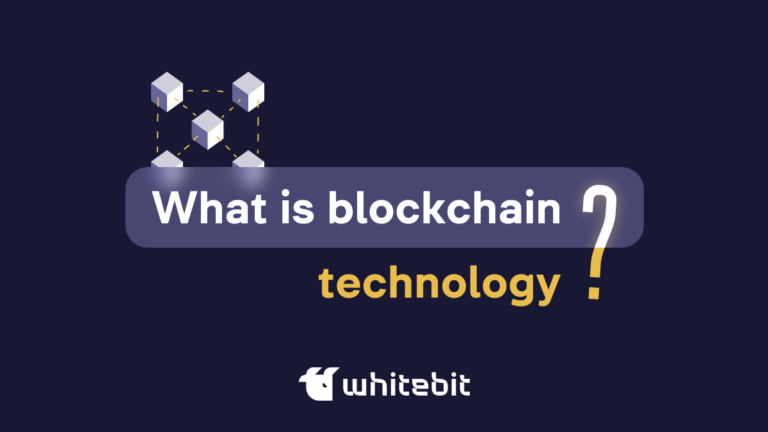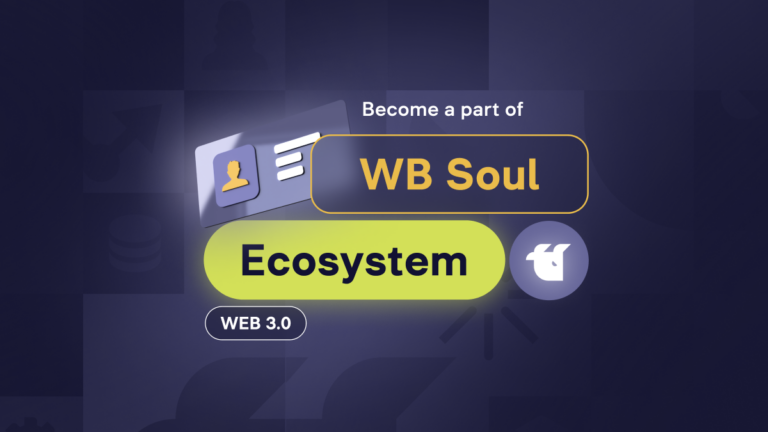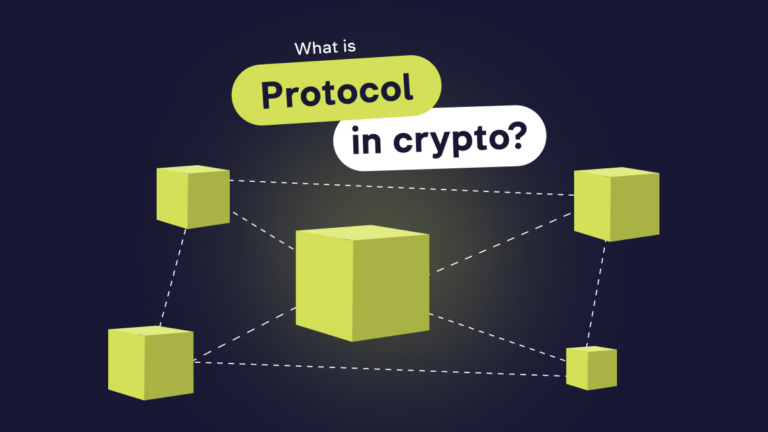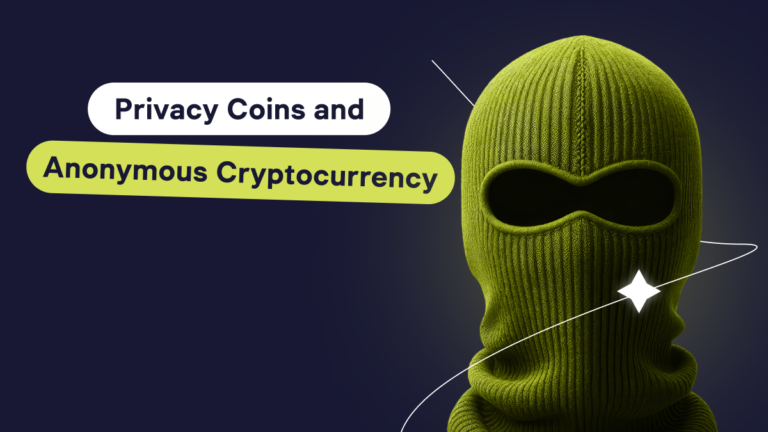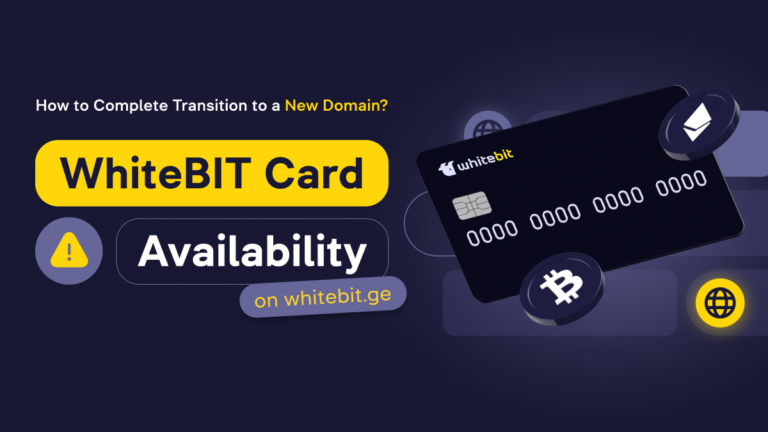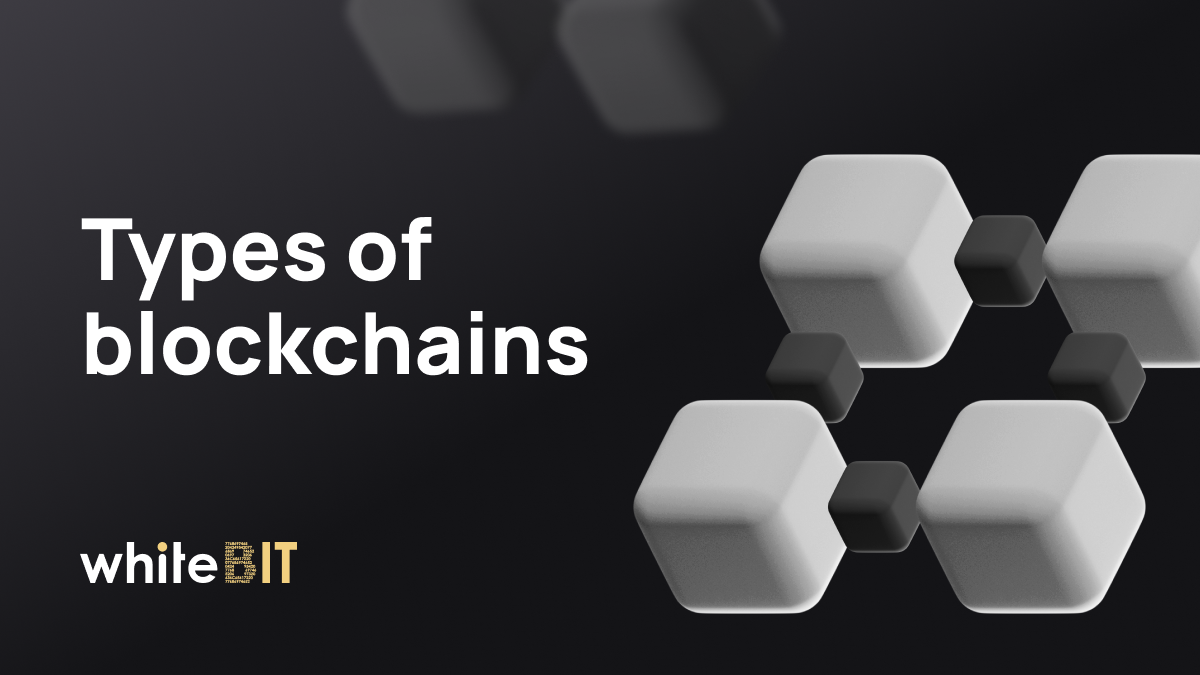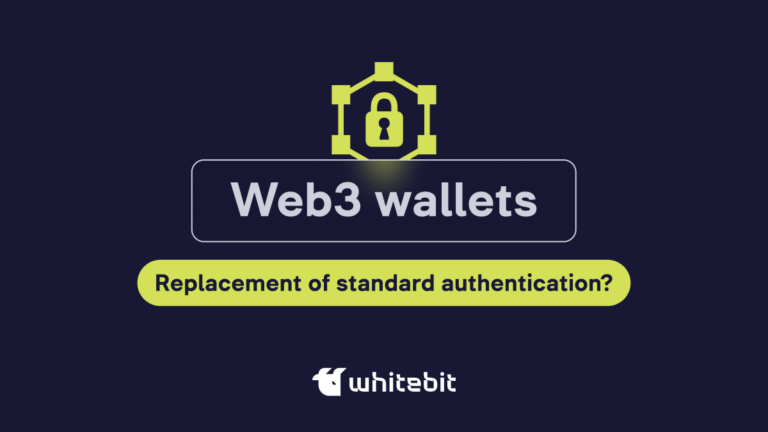Mainnet Meaning Explained For Beginners

Content
Mastering technical terminology is vital for those interested in cryptocurrency and blockchain technology. The words “testnet” and “mainnet” are regularly mentioned in cryptocurrency communities, news, and specialized texts, but their meaning and importance remain unclear to many. In this article, we will look at the difference between testnet and mainnet, the technical aspects of the mainnet, the problems it solves, and the challenges it faces.
What Is Mainnet In Crypto Blockchain?
The mainnet is the core network of the project, where all transactions are verified and securely recorded in the blockchain. Launching the mainnet is a key stage in the development of any blockchain project. All transactions performed in the mainnet are irreversible.
Each mainnet has its cryptocurrency. However, not all tokens function on their own network. For example, ERC-20 tokens function within the Ethereum blockchain, allowing developers to create and manage their assets using Ethereum’s established infrastructure capabilities and security. This provides convenience and accessibility for many projects seeking broad integration and interoperability in cryptocurrency.
How Does a Mainnet Work?
Characteristics
Mainnet has several critical characteristics that make it a vital element of the cryptocurrency ecosystem. Here are the main ones:
- Transaction irreversibility:
Transactions, once recorded on the mainnet blockchain, cannot be altered or canceled;
- High level of security:
Mainnet secures the storage and transmission of data through cryptographic methods such as hashing and digital signatures. This protects the network from tampering and fraud;
- Data Transparency and Availability:
All transactions on the mainnet are publicly available and can be viewed on the blockchain by anyone;
- Decentralization:
A mainnet typically operates on a decentralized network of nodes (nodes) distributed worldwide. This reduces the risks of centralization and prevents one party from controlling all transactions;
- Scalability and performance:
Core networks are designed with scalability in mind to handle numerous transactions, which is critical to maintaining network competitiveness and efficiency;
- Support for smart contracts:
Many mainnets support the execution of smart contracts that automate, verify, or facilitate the execution of agreements, thereby extending the capabilities of the blockchain beyond simple transactions;
- Interoperability and compatibility:
Modern mainnets are often designed to interoperate with other blockchains and technologies, enabling more complex and multifunctional ecosystems.
Components
Any mainnet in cryptocurrency operates based on a specific consensus algorithm, a set of rules that ensure that transactions are verified and added to the block. These rules also protect the network from fraudulent activities and attacks. Proof of Work (PoW) and Proof of Stake (PoS) are the most popular among the consensus algorithms. Let us consider the integral components of a network:
- Nodes are the core components of any blockchain network, including the mainnet. Nodes, being computers or servers, keep the network running, store a full or partial copy of the blockchain, and participate in the transaction verification process;
- Blocks are the building blocks of a blockchain that contain a bundle of verified transactions added to the blockchain chain. Each new block includes the hash of the previous block, creating a continuous and coherent chain, which ensures the continuity of data in the blockchain;
- Transactions are users’ actions on the blockchain, including transferring cryptocurrency between addresses, executing smart contracts, or other operations. Transactions are grouped into blocks, then validated and recorded on the blockchain. Each transaction is given a unique number (TxID), which allows it to be tracked in the system.
Role of Miners In The Mainnet
Miners perform a critical function in the crypto mainnet, especially in networks based on the Proof of Work (PoW) algorithm. Their job is to process transactions and generate blocks. To add new blocks to the blockchain, miners use their computing power to solve complex cryptographic problems, receiving a cryptocurrency as a reward. Cryptocurrency mining not only contributes to the operational stability of the network and maintains its continuity but also plays a crucial role in securing the blockchain against various types of attacks.
Decentralized Nodes
Nodes, or nodes, play a vital role in the mainnet, ensuring its functioning and security. Located worldwide, these nodes store blockchain copies and are involved in verification and transaction processing. They operate in synchronized mode, guaranteeing data integrity and continuity and increasing the network’s resilience to attacks and technical failures. The decentralized structure of nodes helps democratize the management and operation of the network, allowing each participant to contribute to its development and support.
Smart Contracts
A smart contract is a software code that automates the execution of various agreements and transactions, ensuring their safety and reliability without the involvement of intermediaries. These contracts are executed automatically when predefined conditions are met, eliminating the risk of error or manipulation. Smart contracts can be used in many scenarios, including financial transactions, identity management, etc. They are precious when full transparency and traceability of actions need to be guaranteed. All transactions processed through smart contracts cannot be altered or deleted once executed, making them ideal for creating a trusted digital economy.
Decentralized Applications
Decentralized applications (dapp) that use blockchain operate on the mainnet. These applications can range from financial platforms and games to social networks and other services provided on a fully decentralized basis. Dapps provides users with unique features such as increased transparency of transactions, reduced risk of censorship, and elimination of intermediaries, which reduces costs and improves resource efficiency. Each app contributes to the mainnet, empowering it and creating a robust, secure, and efficient ecosystem for cryptocurrency and blockchain projects. This way, dapp enhances decentralization and democratization and strengthens the entire network by allowing users to interact with blockchain technologies on a new level, leading to wider adoption and popularization.
The Importance Of The Mainnet For Users And Developers
The mainnet is critical for cryptocurrency users and blockchain projects, providing the primary environment for all genuine transactions and interactions. For users, this means efficiently using cryptocurrencies and other assets in everyday operations, such as transfers, trading, investments, or using decentralized applications. The mainnet ensures functionality and security, protecting users’ data and funds from fraud through cryptographic methods and consensus mechanisms.
For developers, the mainnet is a key platform for implementing, testing, and launching applications and innovations. It serves as an indispensable resource for innovation in blockchain technology, enabling the creation of complex smart contracts and DApps that can then be scaled for a wide audience. A functioning and reliable mainnet increase the trust of investors and users in the project, confirming its technical feasibility and economic viability, which helps attract investment and support startups.
Impact On The Price Of Crypto Assets
Crypto assets always reflect market events. Similarly, the launch of a mainnet has a significant impact on the market, causing cryptocurrencies prices to experience substantial volatility.
Market reactions can vary greatly depending on investor expectations, the overall economic situation, and possible technical issues during the mainnet launch. On the one hand, launching a mainnet can lead to increased demand, improved liquidity, and adding cryptocurrency to new exchanges, promoting price growth. On the other hand, if technical difficulties accompany the launch or do not meet market expectations, it can negatively impact the value of the assets.
Mainnet vs Testnet: Main Differences
The mainnet is the primary blockchain network where real transactions occur using actual cryptocurrency. In this network, transactions have a real economic impact, and it is here that cryptocurrency acquires its market value. The mainnet has high-security requirements because it handles tangible financial assets, and errors and vulnerabilities can lead to significant economic losses.
The testnet is designed to test and debug new blockchain features before implementing them in the leading network. This allows developers to experiment without risking real funds. Testnet uses test coins that have no real value. Cryptocurrency faucets provide an opportunity to obtain such coins for free. Errors in the testnet do not lead to financial losses, which gives developers greater freedom without economic risks.
Launching Mainnet Crypto: Basic Steps
The launch of a blockchain project’s mainnet includes several critical stages. Here are five key points to consider:
- Development and Design: This stage involves meticulously designing the blockchain architecture, writing the initial code, and defining key network characteristics, including the consensus algorithm and block structure;
- Testing: The project undergoes extensive testing in a test network to identify and rectify bugs and verify system security and performance;
- Security Audit: A comprehensive security audit detects and fixes vulnerabilities in the code, which is crucial to preventing potential attacks after the mainnet launch;
- Network Launch: The genesis block is initialized, nodes are activated, and natural transaction processing begins, transitioning the network to a fully functional state;
- Monitoring and Support: Continuous network monitoring is necessary to ensure the network’s performance and stability after launch. Quick response to technical issues and the release of updates and patches are also crucial for maintaining the network’s security and efficiency.
Examples of Successful Mainnets
Let’s take a look at the list of mainnet cryptocurrencies:
- Bitcoin. The successful launch of Bitcoin mainnet on January 3, 2009, was a landmark event in the history of digital currencies. Created by an anonymous developer under the pseudonym Satoshi Nakamoto, Bitcoin introduced the first decentralized digital currency powered by blockchain technology. The first block was mined by Nakamoto, who embedded the message, “The Times 03/Jan/2009 Chancellor on the brink of second bailout for banks.” This emphasized Bitcoin‘s core idea: to provide an alternative to the traditional banking system;
- Ethereum. The launch of the Ethereum mainnet in 2015 was revolutionary, opening the door for numerous innovative blockchain projects. ETH mainnet was pivotal in the history of cryptocurrencies, as Ethereum introduced the capability for blockchain programming, which expanded its applications. The platform allowed developers to create complex decentralized applications capable of automating and simplifying economic operations without intermediaries, significantly broadening the possibilities of blockchain technology;
- Whitechain. In August 2022, the crypto exchange WhiteBIT released the WhiteBIT Token. A year later, the company launched a test network for its blockchain—Whitechain (formerly WB Network). Whitechain is built on Geth (Go-Ethereum), using WBT Coin as its native cryptocurrency. This means that transaction fees on the Whitechain network are paid with WBT. Whitechain Explorer was developed for convenient transaction tracking. These steps aim to enhance security, increase transaction speed, and reduce fees. WBT migrate to mainnet, and it improved stability and tokenomics, which were key to maintaining customer trust and satisfaction.
- Solana. The project launched Solana mainnet in March 2020 and quickly attracted attention due to its high performance and low transaction latency. Thanks to its unique Proof of History (PoH) consensus algorithm, the platform enables up to 65,000 transactions per second. The launch of this platform is considered a significant contribution to the cryptocurrency ecosystem, providing developers with tools for creating high-performance decentralized applications and services.
Conclusion
Mainnet is the finishing line in the development of a cryptocurrency. Its launch is a critical stage for blockchain projects, marking the transition from development to practical application and significantly influencing the project’s perception in the industry and investment community. Examples of successful mainnets, such as Ethereum, Solana, and Whitechain, demonstrate how an effective launch can stimulate innovation and create a reliable ecosystem for users and developers. The importance of quality technical implementation and active engagement with the community cannot be underestimated, as these factors directly impact the success and long-term viability of the mainnet in the rapidly evolving blockchain industry.

